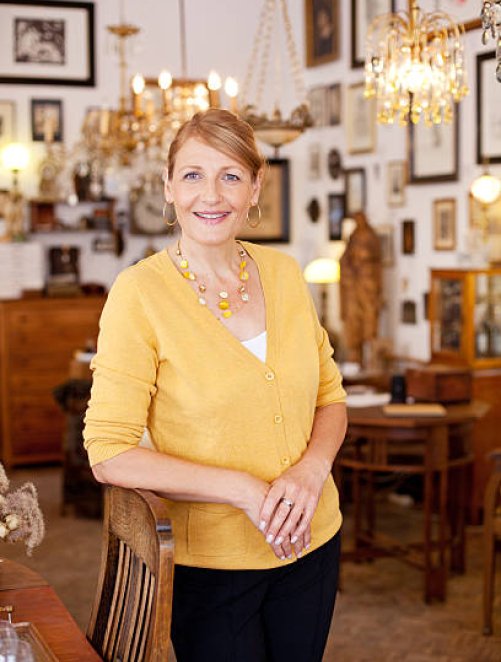

.jpeg)
.jpeg)
.jpeg)


.jpeg)
.jpeg)
.jpeg)

.jpeg)
.jpeg)
.jpeg)


Bronze Vessel with Musical Scene Relief – Possibly Ancient or Inspired by Antiquity (20 cm – 647g)
This is a bronze vessel measuring 20 cm in height and weighing 647 grams, featuring detailed raised engravings of human figures playing musical instruments. The style appears to be inspired by ancient ceremonial or artistic traditions, possibly Etruscan, Mesopotamian, or another classical culture. The figures show fine craftsmanship, and the surface displays a natural patina, suggesting age. However, the origin and historical authenticity of the item are currently unverified. I am presenting this piece for expert review or identification before considering any sale. All comments, historical insights, or valuation suggestions are welcome. Good overall. Minor wear consistent with age. No restoration known.
(20 cm – 647g)
Flea Market
Yes


Hi Rachid,
Thank you for contacting Mearto with your appraisal inquiry.
This is an urn or vase, which could have had any number of purposes, both utilitarian and decorative.
There are a few different scientific tests to determine age and metal content and which are used by museums and antiques dealers/collectors to verify objects. One of these is X-Ray Fluorescence (XRF), which identifies the elemental composition (e.g., copper, tin, lead, zinc) of a metal surface: bronze, brass, silver, gold, and other alloys. Another is Optical Emission Spectroscopy (OES), which provides a more detailed breakdown of alloy elements. It may require a small sample or surface polishing but it can verify alloy recipes, like distinguishing antique bronze from modern blends. Inductively Coupled Plasma Mass Spectrometry (ICP-MS) is a very precise but somewhat destructive and irreversible test in which a small sample is dissolved. Thermoluminescence (TL) is useful for indirect dating: If the metal object has ceramic or mineral inclusions (like a core in cast bronze), TL can date the last time the object was heated. It is most commonly used on ancient bronzes with fired cores.
These tests are often expensive and I would not recommend them unless there was the chance that this urn was historically significant; this is usually indicated by the history of the object.
I'll give you a few different values - provisional and all based on the photos - depending on what this is made of and how old it could be, from both very old to more modern (19th Century or later).
Based on the photos and information provided, and subject to examination, this is:
An antique Egyptian or Mesopotamian style metal urn
Of circular section and tapering conical form, with flaring neck relief-decorated with stylized papyrus, the tapering body relief-decorated with musicians and other figures, on a flaring circular foot.
Height: 20 cm (7-3/4 inches)
Weight: 647 grams (20.8 troy ounces)
CONDITION: This appears to be in generally good condition and structurally sound, with some minor cosmetic/surface scratches commensurate to age and use.
PROVENANCE: Acquired at a flea market
If bronze / antiquity: €3,000-5,000;* if bronze / modern: €500-800*
If brass/ antiquity: €2,000-3,000*; if brass/modern: €300-500*
If pewter/antiquity: €1,000-1,500*; if pewter/modern: €200-300*
Other alloys would likely be less valuable than pewter.
*represents a fair-market value for auction purposes; retail or asking price may vary.
Please let us know if you have additional items to appraise, or questions/concerns, and thank you again for using Mearto.
~ Delia
Thank you, Rachid, for the additional photographs. There's only so much I can tell you from these photos but I hope my information has been helpful.








Hi I sent more pictures, it is not copper, it is a bowl and has no lid, I have not tested if it is a magnet or not.